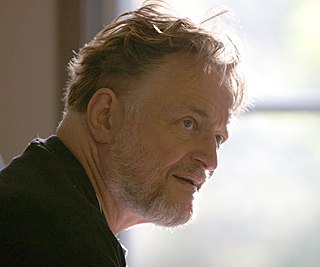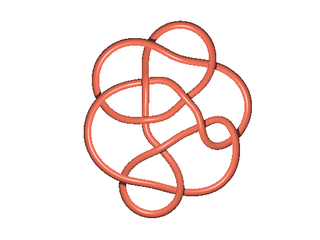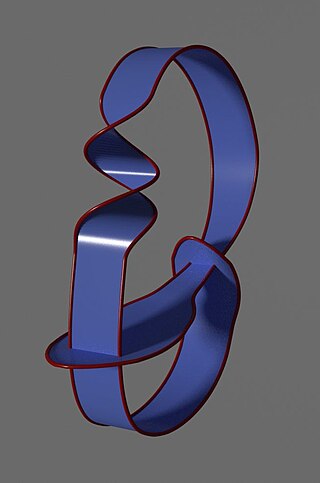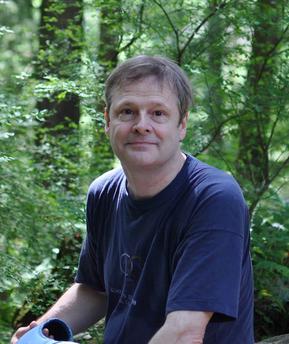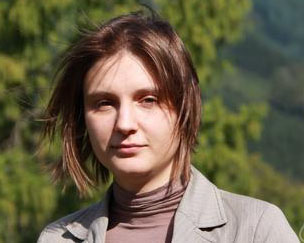Work

The Conway knot was named after its discoverer, English mathematician John Horton Conway, who first wrote about the knot in 1970. The Conway knot was determined to be topologically slice in the 1980s; however, the nature of its sliceness, and whether or not it was smoothly slice (whether or not it was a slice of a higher dimensional knot), eluded mathematicians for half a century, making it a long-standing unsolved problem in knot theory. [3] [9] This changed with Lisa Piccirillo's work on the Conway knot, which completed the classification of slice knots with under thirteen crossings, as the Conway knot had been the last outstanding knot in its group fully unclassified. [2]
Piccirillo first learned of the Conway knot problem in 2018 at a conference on low-dimensional topology and geometry. [3] [10] She was a graduate student at the time and spent less than a week working on the knot in her free time to "see what's so hard about this problem" before finding an answer: [9] [11]
I think the next day, which was a Sunday, I just started trying to run the approach for fun and I worked on it a bit in the evenings just to try to see what's supposed to be hard about this problem.
Before the week was out, Piccirillo had an answer: The Conway knot is not “slice”. [3] A few days later, she met with Cameron Gordon (mathematician), a professor at UT Austin (a senior topologist), and casually mentioned her solution. In her interview with Quanta Magazine, [11] she described her interaction with Gordon in the following way:
And then the following week, I had a meeting with Cameron Gordon, a senior topologist in my department, about something else, and I mentioned it to him there. He was like, "Oh really? You showed that the Conway knot is not slice?". Like, show me. And then I started to put it up and he started asking kind of detailed questions, and then at some point he got, he got very excited.
Lisa Piccirillo, in the same interview, has mentioned that the fact that this problem was still unsolved was "completely ridiculous". As she put it:
Well, I just thought it was completely ridiculous that we didn't know whether this knot was slice or not. We had a lot of tools to do this sort of thing, so I didn't understand like, why for some 11-crossing-knot this would be so difficult.
She followed this statement up with this:
It was quite surprising to me. I mean, it's just one knot. In general, when mathematicians prove things, we like to prove really broad, general statements: All objects like this have some property. And I proved like, one knot has a thing. I don't care about knots. So, I do care about three and four dimensional spaces, though. And it turns out that, when you want to study three and four dimensional spaces, you find yourself studying knots anyway.
The Washington Post reported that her proof had been "hailed as a thing of mathematical beauty, and her work could point to new ways to understand knots." [9]
Following the publication of Piccirillo's proof in Annals of Mathematics, she was offered a tenure-track position at the Massachusetts Institute of Technology set to begin fourteen months after the completion of her doctorate. [3] [12]
